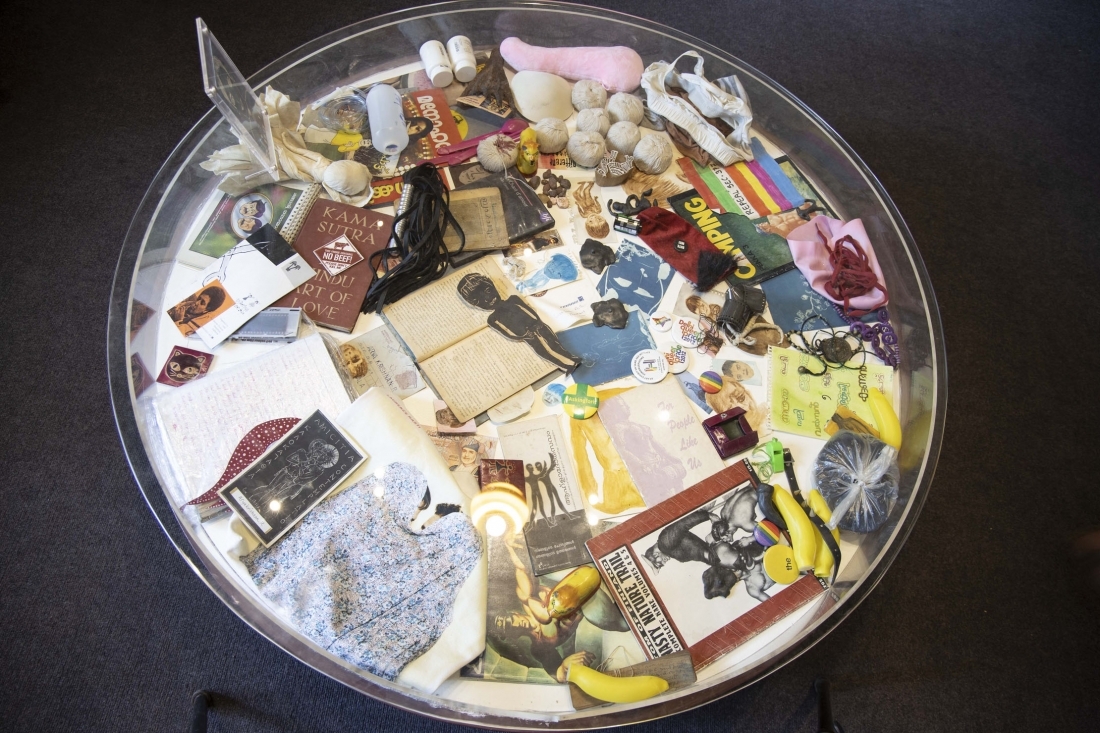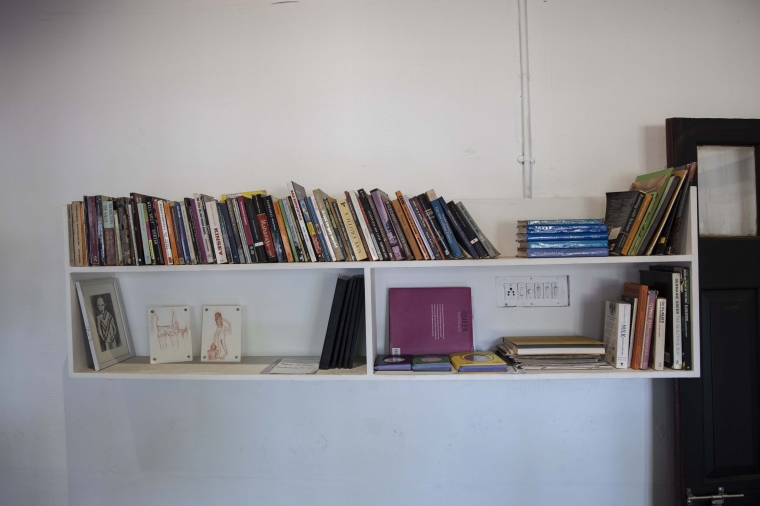

Seven months before India got its first biennale in 2012, a young transgender activist was brutally killed in south Kerala. Today, as the subcontinent’s biggest contemporary art festival is running its fourth edition, the life and times of Sweet Maria find portrayal in a novel way that addresses gender issues afresh.
It was in May six years ago that the colleagues of Maria, a toll collector who was also called Anil Sadanandan, found the person with throat slit at the harbour quarters of Thankassery in Kollam district. The tragedy shocked artist Aryakrishnan R no end. So much so, he has come up with a project at the 2018 biennale that is on till March 29.
For Aryakrishnan, 37, a single monument is incapable of capturing Maria in totality. So, at the main venue of the 108-day biennale, he has constructed a growing, ephemeral archive that recounts the late activist’s experience. “It’s tough to slot Maria in just one form of art,” says the curator-activist who lives and works in Delhi, referring to the ‘Sweet Maria Monument’. “This work is the result of my exploration of a monument that could use different forms of engagement in recreating Maria’s aesthetics and politics.”
Aryakrishnan recalls a dream he saw in the wee hours of a day not long after Maria’s end: “Maria appeared and told me, ‘Put a bed to feed 5,000…like I would under my skirt’.” The artist took it as a call from the late soul to create a space for the queer community.
At the sea-facing Aspinwall House in Fort Kochi, Aryakrishnan’s project comprises a 16-feet-long skirt suspended from the roof, portraits of Maria, a space to sit and reading material focusing on queer literature. “It is an interactive, living archive,” notes the Pathanamthitta-born artist. “Viewers are encouraged to sit, make a cup of tea and engage themselves in chats.”
The work is an ode to Maria, who openly identified oneself as transgender and was deeply involved with the queer rights movement in Kerala. It is also an attempt to educate the society on the queer community, which is generally looked down upon if not treated as a strange spectacle.

“The project began with my final year MA thesis at the Ambedkar University, Delhi,” recalls Aryakrishnan about the work that first found its way to a curated exhibition at a 2014 show in the campus.
Aryakrishnan’s art practice thereon began to gain focus on building queer dialogue in spaces where such subjects are silenced. At the Biennale, his exhibit area has been turned into an archival space with the mirrors signifying the fluidity of identity and the dimensions it acquires in various spaces as well as contexts. “The work explores the unwritten histories of queer lives, and the irreducibility of human life to identities,” says Aryakrishnan, who was one of the curators of the Students Biennale at the last (2016) edition of the India’s only such festival.
In addition to the elements, the room features Aryakrishnan’s drawings and paintings. They are entry points to unconscious, often unarticulated impressions and psychological realities that cannot be captured by material histories, he adds.
Three weeks ago, Aryakrishnan did a performance at his biennale room, along with artists Gee Imaan Semmalar and Raju Rage. The team raised several questions, not just limited to Maria’s mysterious death, but also the life of the country’s transgender community in general.